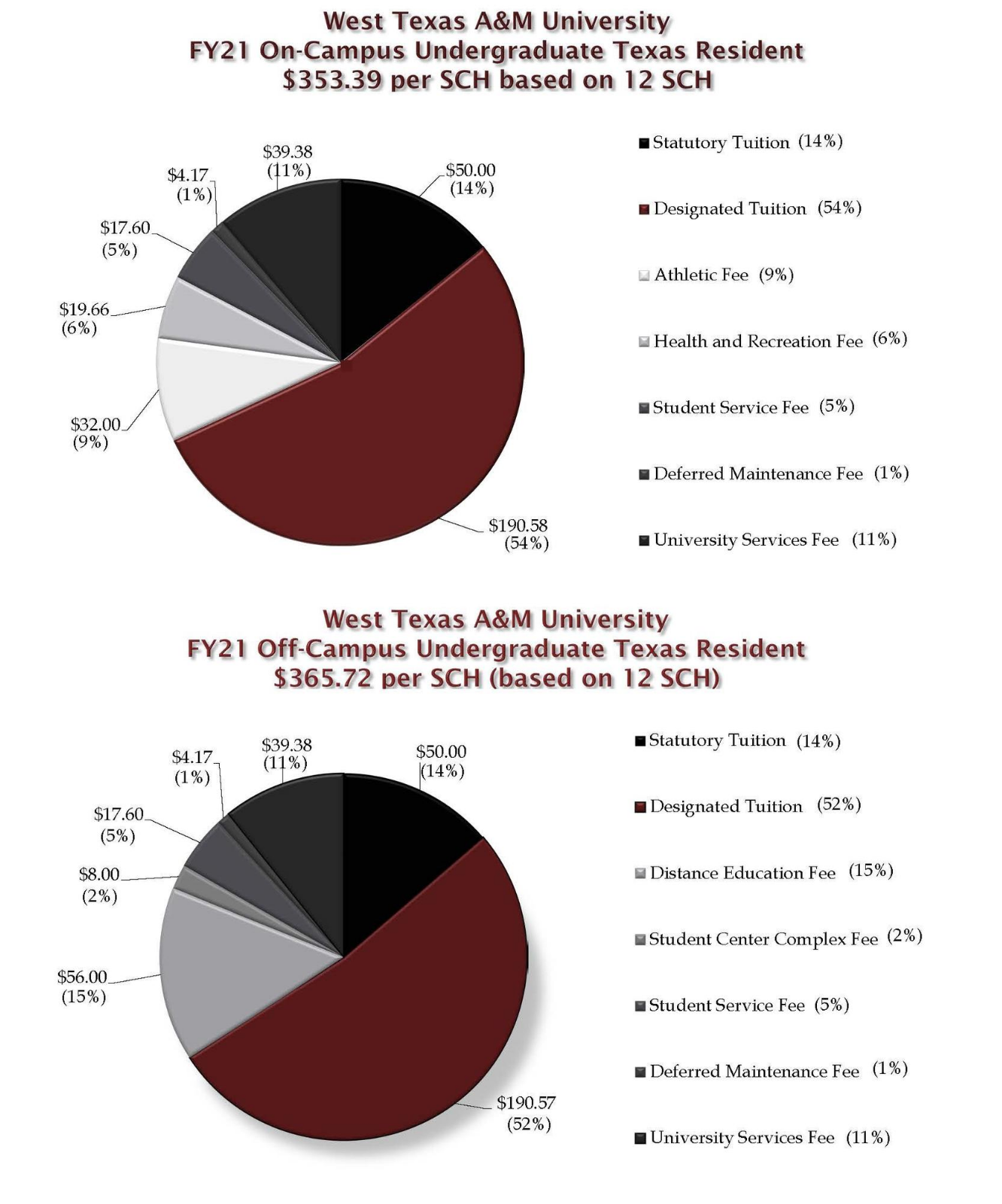
This reflection represents a collaborative effort with the Executive Vice President and Provost, Dr. Neil Terry, and myself to communicate cost and quality differentials for on-campus and online study at West Texas A&M University. It was first published on August 3, 2020. With currently changing circumstances in the public health environment it is worthwhile to reflect on the soon-to-start fall semester. At WT, we pride ourselves in being nimble and responsive to the complex individual aspirations and needs of students informed and guided by individual and public safety. We will follow the leadership of Governor Abbott, the Board of Regents of The Texas A&M University System and Chancellor John Sharp. We desire everyone associated with our university to be thoughtful and responsible in making personal decisions about study opportunities. Our first goal is to be open and accessible for face-to-face instruction, extracurricular activities and the full range of college experiences that shape the future for thousands of our students every day. We will be as alert and responsive as humanly possible as we face a multitude of unknowns, empowered with knowledge and insight, not calcified with fear.
Post-secondary education matters. The supply of an educated labor force with employment potential is changing. Inflation-adjusted state appropriations for higher education have been stagnant since 1990 and have declined by 16 percent since 2007. Moreover, costs per student have risen faster than inflation and are likely to do so in the future. These financial pressures have lent urgency to the search for innovations that can “bend the cost curve” in higher education. At WT, pre-COVID-19 online student population equaled about one-third of WT’s total 10,000 students. Our online offerings are not solely a response to current events, but WT’s long held commitment to accessibility. In fact, WT has been an online pioneer since 1997.
The cost/value equation is real. Cost pressures from reductions in public funding are important for WT. Some evidence that colleges are charging lower prices for online course work suggests that advances in online learning technology might bend the cost curve in higher education. There are caveats. First, it is possible that the quality of education suffers with online delivery. Second, the general equilibrium effects of online education may exert competitive pressure on higher education, lowering prices and/or increasing efficiency.
Not all services are applicable to online students. The campus environment offers support and enrichment opportunities on campus that may not be applicable to online learners. At WT, underutilized services for online students include: athletic fee, recreational sports fee, medical services fee, parking services fee, and miscellaneous services including summer registration programs, welcome events, and similar occasions leading to charges of modest benefit to online students of $451/year per student.
Creating an online infrastructure for quality delivery is not free. Most online courses include a technology fee on either a per-credit hour or per-term basis. The fee covers costs such as technology improvements, increased bandwidth with backup for interruption-free service, 24/7 tech support, virtual labs, instructional designer assistance, software to prevent plagiarism, and online learning management systems. These reoccurring costs at WT create a university burden of approximately $482/year per student.
Faculty workloads are often the same, yet online teaching often requires more work for effective communication. Online faculty compared to face-to-face faculty at some universities are inappropriately paid less. At West Texas A&M University, most online faculty also have on-campus teaching assignments, and they become part of the WT family.
Online and on-campus costs are approximately equal for students, but online instruction is slightly more, not less, expensive to provide when quality is held high.
Implicit student savings exist with online delivery. Traditional campus experiences— residence halls, dining halls, academic buildings and sports teams to cheer on—are costly. On-campus food and housing are the most obvious expenses, which, if eliminated, generate substantial savings for online students living at home. Changed perspectives are required from all. Our goal at WT is to reduce costs to the student while still providing a high-quality educational experience.
On-campus space utilization is reduced for online students. Classroom space demands shrink as seat spaces are reduced. Returning to WT post COVID-19, the number of students per classroom will be reduced by 50% in order to allow appropriate social distancing. Students not present in class can access lectures through lecture capture technology—a powerful learning benefit. If new student growth was online, WT’s current student population could grow to 15,000 without additional space, while maintaining our current on-campus population of 7,500 students.
Instructional quality is important in either modality. The art of good teaching is little affected whether that teaching occurs face-to-face or online. Good teaching requires a bond of trust between the student and the institution worked out through the faculty. Faculty are the hub around which excellence rotates. Moreover, it would be unfortunate to compare new modality teaching, such as what occurred during the panic of the COVID-19 pandemic, with experienced professionals having significant online instruction expertise, as is often the case at WT.
There are no simple answers. I would urge everyone to look carefully when considering college choices in this COVID-19 affected environment.
The complete white paper, Cost/Quality Differentials, Online/On-Campus Study, is available at wt125@wtamu.edu.
Walter V. Wendler is President of West Texas A&M University. His weekly columns are available at https://walterwendler.com/.







